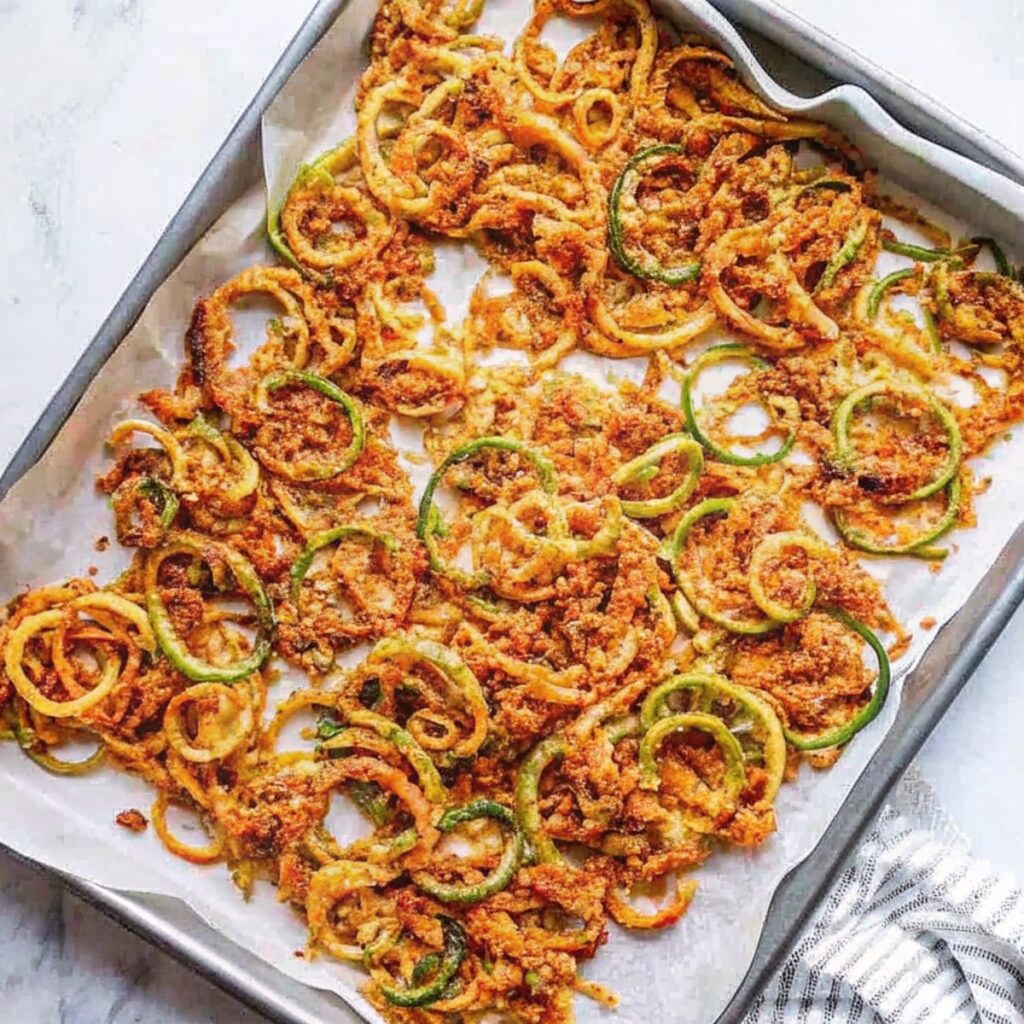There’s something magical about eating hot, fresh baked bread. There’s something even more magical about eating bread that was made by your own hands. Baking bread takes effort and time, but the end result is so worth it. The perfect baguette is golden and crispy on the outside and light and fluffy on the inside. I love keeping a baguette in the house because it is so versatile. You can spread pâté and butter on it, you can cut it into crostini to make appetizers, you can dunk it in soups, you can slather butter and garlic on it for homemade garlic bread – the possibilities are endless! Don’t be discouraged by the long instructions, they are detailed to walk you through all of the bread making stages to help you form a perfect baguette. Once you make your first loaf, you will be amazed at how fresh and delicious and easy homemade bread can be.
All you need is a few ingredients and your hands and you could have a beautiful, fresh baguette on your dinner table tonight!

Classic French Baguette
Ingredients
- 1 cup water
- 1 teaspoon dry yeast
- 1 teaspoon salt
- 2 cups unbleached bread flour plus extra for dusting I like King Arthur flour
Instructions
- Dissolve the yeast in water. Add one cup of water to a medium-sized bowl. Sprinkle the yeast over the water.
- Pour ¾ of your flour into the bowl. Gently stir the mixture together to form a rough mass. Do not overmix, the texture should resemble wet clay. Add salt.
- Add a few tablespoons of flour at a time to the bowl and gently mix. Depending on the moisture content in the flour, you may need more or less than what you have measured. Gently stir until the mass no longer sticks to the bowl. As you mix, scrape the sides to incorporate all of the flour. Once the clay mass is no longer wet and your dough forms a ball, stop mixing. The mixture should still be slightly wet.
- To knead the dough, first dust your kneading surface with flour. Transfer the dough from the bowl to the floured surface. Sprinkle a little flour on top of the dough and onto your hands. Fold the dough in half and press your heels of your palms into the dough to begin kneading. Continue rotating the dough in ¼ turns and folding the dough over onto itself to knead the dough. (Think fold, knead, turn, fold, knead, turn.) The dough will be very tacky and sticky at first, but the more you knead it the less sticky it will become. If necessary, add a little flour to make the dough easier to work with but avoid adding too much flour. Eventually, the gluten will develop in the dough and you will be able to knead it easily. The dough will still stick to the counter, but no longer stick to your hands.
- To test if you have kneaded the dough enough, perform the “window pane test”. Your dough ball should look smooth by now. Cut away a small piece of dough from the ball, and then cover the ball and the small piece loosely with plastic wrap. Wait a few minutes and then gently stretch out your small piece of dough. If it breaks, then you must knead the dough more. If it stretches and doesn’t break and you can see through the dough, then you are ready to proof your dough.
- Form a neat ball with your dough and transfer it to a lightly greased medium-sized bowl. Make sure that the bowl is big enough for the dough to double in size, but not too big or else it will not rise properly. Cover the bowl tightly with plastic and allow the dough to double in size. Timing varies, it can take anywhere between 1-2 hours for dough to rise at room temperature.
- Once your dough has doubled in size, it is time to punch down the dough. Very lightly dust your working surface with flour. Gently remove the dough from the bowl. Lightly dust your hands with flour and pat the dough down with the palm of your hand. Pretend you are engaged in a light slapping match with the dough and firmly press the dough down to expel the extra air. Lightly dust the surface of the dough with flour and cover with plastic. Let it rest on the counter for 15 minutes.
- To shape your baguette, fold the top 1/3 of the dough over so that the top meets the center and seal the fold with the heel of your hand. Lightly punch down with the heel of your hand to seal the dough. Fold the bottom 1/3 of the dough toward the center and seal the fold with the heel of your hand. (Think about how you would fold a letter to put it in an envelope. That’s what you want to do with the dough.) Fold the dough in half and seal the fold all the way around the roll using the heel of your hand. Don’t forget the ends.
- To form your baguette, very lightly dust the rolling surface. You should be able to feel the flour, but not see too much of it. Roll the dough back and forth. Gently stretch the dough while rolling and apply more pressure at the ends to taper them. If the dough seems to shrink back and not take shape, then cover the dough with plastic and let it rest for a few minutes. Continue to roll and smooth out the dough until you achieve the desired size. It should be smaller than the diagonal length of your baking sheet.
- Once your baguette is formed, transfer it to a parchment-lined baking sheet. Do not grease the parchment paper. Make sure to lay your baguette with the seam of the fold underneath. Lightly dust the surface of your dough with flour and cover with a light kitchen cloth. I would recommend using a kitchen cloth over plastic wrap because plastic tends to stick to the dough. If you use plastic wrap, be sure to heavily flour the surface of your dough.
- The next stage is the proofing stage. Let the covered dough rest on the baking sheet for about 20-40 minutes. While your dough is proofing, be sure to preheat your oven to 400 degrees. You want your oven hot when you put in the bread. Test the dough by gently poking your pinky into the side of the dough. If it springs back quickly, it may be under-proofed and not quite ready yet. If you press the dough and it springs back slightly, then it is ready to go in the oven.
- When your baguette is ready to be baked, brush away excess flour from the surface. Slash your bread with a serrated knife, using quick and deliberate motions, holding the knife slanted at a 45 degree angle and not straight up and down. You want to score the baguette from top to bottom, making sure the slashes have a good diagonal slant. Liberally spray the surface of the dough with water using a spray bottle. This will give you a nice, crispy crust.
- Bake the baguette at 400 degrees, making sure not to open the oven door for at least the first 15 minutes. The top and bottom of the bread will brown first so to check doneness, look at the sides of the bread. The sides of the bread should also be golden brown and that is when the bread is done baking. Baking should take between 20-30 minutes.
- Transfer the baguette to a cooling rack and allow it to cool before serving.





